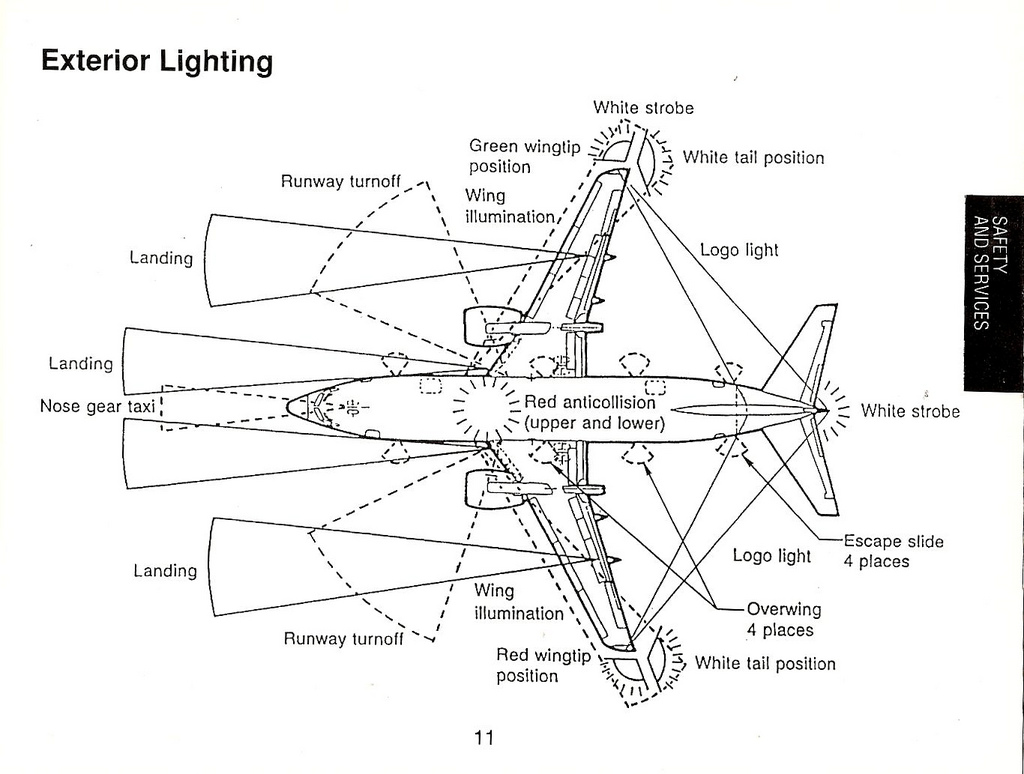A comment on this website along with an answer for the same question added confusion to my mind. Before reading this, I thought taxi lights and landing lights were the same, which seems to be true is some cases. I thought those lights were used for approach, taxiing, and take off and were strong lights designed to light the floor in front of the aircraft in the darkest night. Moreover, the answer linked above speaks of exterior lighting.
Now, I got a serie of questions to clarify the role of those "exterior lighting":
- What are the difference between them (landing lights, taxi lights, other exterior lights I never heard of)?
- What purpose do they serve and when are they used? (Perhaps it is the same question)
- Are all aircrafts equipped with?




